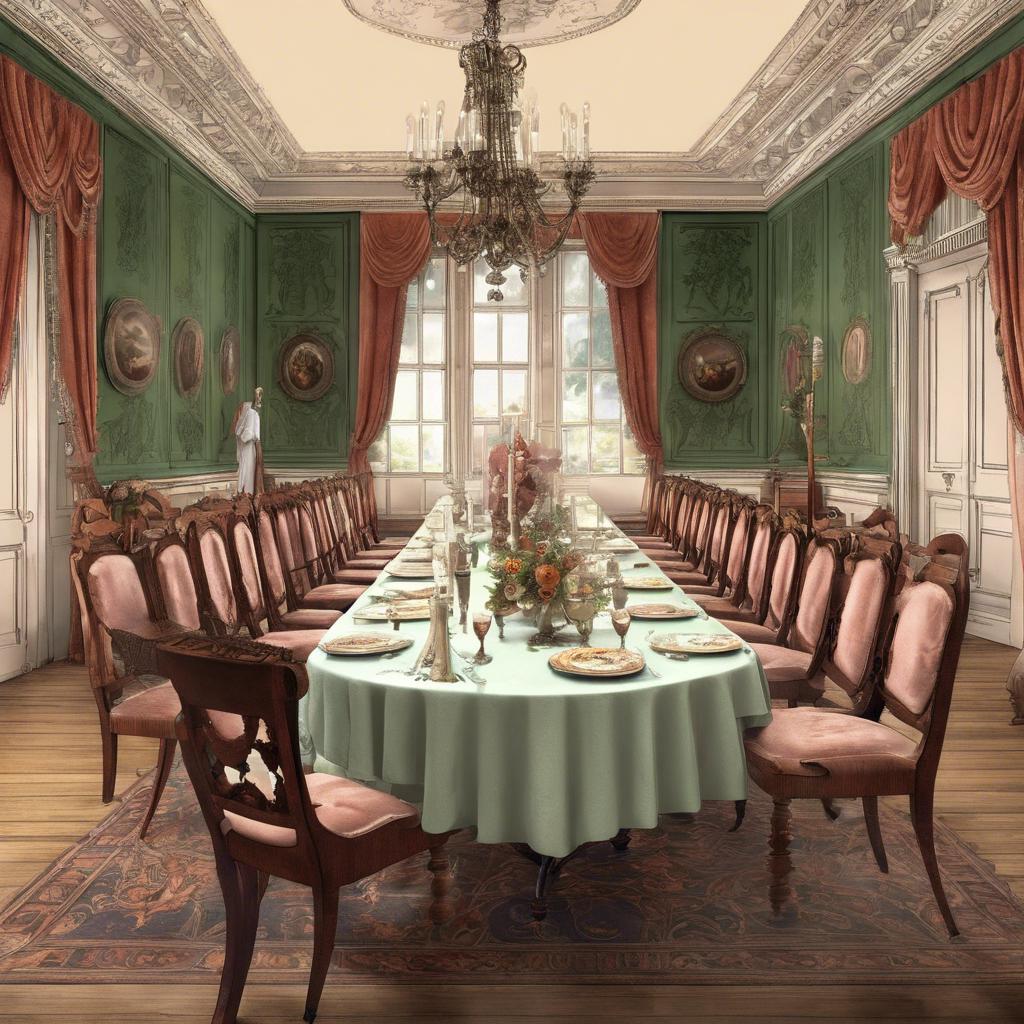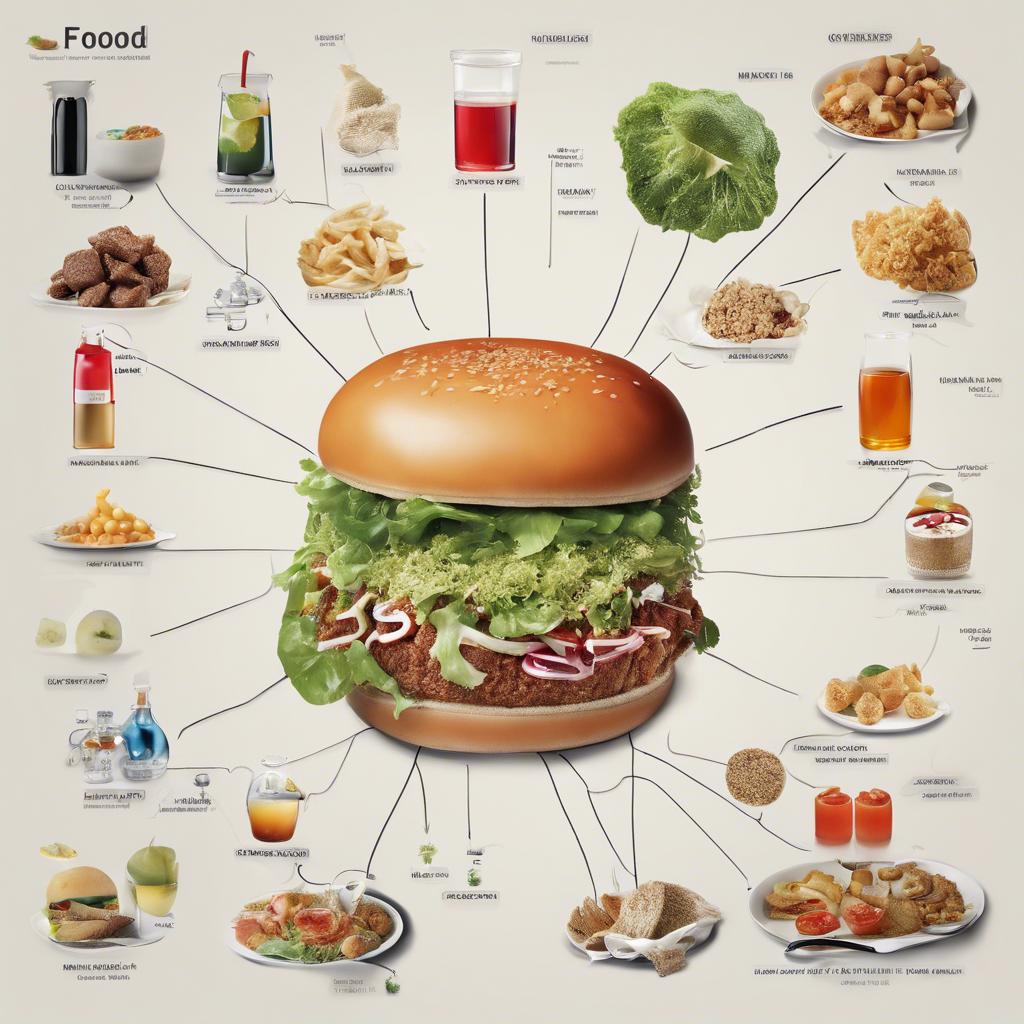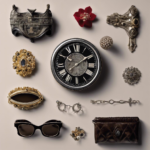During the Regency era, a period defined by the reign of King George III in England from 1811 to 1820, food played a central role in defining social status and cultural trends. The cuisine of this time reflected a unique blend of traditional English dishes and French influences, resulting in a rich tapestry of flavors and culinary techniques. Join us on a journey back in time as we explore the fascinating world of Regency era food and discover the delectable delights enjoyed by the upper classes and the common folk alike.
Step Into the World of Cheryl Bolen
Dive into the enchanting stories of love, intrigue, and elegance set in the Regency Era. Cheryl Bolen's novels offer timeless romance and captivating tales that will leave you wanting more.
Explore Cheryl Bolen's Books Now
Introduction to Regency Era Dining
During the Regency Era, dining was not just a means of sustenance but a social event filled with elegance and sophistication. Food played a significant role in every aspect of Regency society, from daily meals to elaborate feasts and balls. Let’s delve into the world of Regency Era dining and explore the customs, etiquette, and dishes that graced the tables of the era.
Regency Era dining was characterized by a strict adherence to etiquette and hierarchy. Table manners were of utmost importance, with rules governing everything from how to hold a fork to the proper way to address fellow diners. The dining room was a place for socializing, where guests engaged in lively conversation and showcased their manners and breeding. Meals were typically served in multiple courses, each carefully planned and presented.
Some popular dishes of the Regency Era included:
- Roast beef: A staple of British cuisine, roast beef was often served with Yorkshire pudding.
- Pigeon pie: A savory dish made with pigeon meat, herbs, and spices, encased in a flaky pastry crust.
- Trifle: A delicious dessert made with layers of sponge cake, fruit, custard, and whipped cream.
The Influence of French Cuisine on Regency Food Culture
French cuisine greatly influenced the food culture of the Regency era, bringing new flavors, techniques, and dishes to the dining tables of the upper class in England. The French culinary tradition of using fresh ingredients, herbs, and rich sauces had a significant impact on the way meals were prepared and enjoyed during this time.
One of the most notable influences of French cuisine on Regency food culture was the introduction of elaborate multi-course meals served in a formal dining setting. French haute cuisine emphasized the importance of presentation and sophistication, with dishes like consommé, pâté en croûte, and coq au vin becoming popular among the nobility in England.
Additionally, French pastry and dessert techniques also made their way into Regency food culture, with classics such as croissants, éclairs, and crème brûlée becoming fashionable treats at elegant dinner parties and social gatherings. The French emphasis on the artistry of baking and confectionery added a touch of refinement and indulgence to the dining experiences of the Regency elite.
Common Ingredients used in Regency Era Cooking
In Regency Era cooking, a variety of common ingredients were used to create delicious and hearty meals. These ingredients were often sourced locally and included an array of fresh produce, meats, and spices.
Some of the most commonly used ingredients in Regency Era cooking include:
- Beef and mutton
- Potatoes and turnips
- Apples and pears
- Cloves and nutmeg
These ingredients were often used in traditional English dishes such as roasts, stews, pies, and puddings. The flavors of these dishes were enhanced by the addition of herbs and spices, as well as the use of cooking methods such as roasting and baking.
Recreating Regency Era Recipes: Tips and Tricks
One of the most delightful ways to immerse yourself in the elegance of the Regency Era is by recreating some of the delicious recipes that were enjoyed during that time. From lavish dinners to delicate desserts, the cuisine of the Regency Era is sure to delight your taste buds and transport you back in time.
When recreating Regency Era recipes, it’s important to keep in mind the cooking techniques and ingredients that were commonly used during that time. Many dishes from this era make use of fresh herbs, spices, and locally sourced ingredients. Experimenting with these traditional ingredients will help you capture the authentic flavors of the time.
For those new to cooking from the Regency Era, here are a few tips and tricks to help you get started:
- Research Authentic Recipes: Look for cookbooks and historical resources that contain authentic Regency Era recipes.
- Understand Cooking Techniques: Familiarize yourself with the cooking techniques that were used during the Regency Era, such as roasting, stewing, and baking.
- Get Creative with Presentation: Take inspiration from the elegant presentation styles of the Regency Era and serve your dishes in a way that captures the essence of the time.
To Wrap It Up
the culinary landscape of the Regency era was a reflection of the social and cultural values of the time. From elaborate banquets to simple home-cooked meals, food played a central role in shaping the daily lives of individuals during this period. As we continue to explore the tastes and traditions of the past, we gain a richer understanding of the history that has shaped our own food practices today. Let us continue to savor and celebrate the flavors of the Regency era, keeping alive the culinary legacy of this fascinating period in history.


